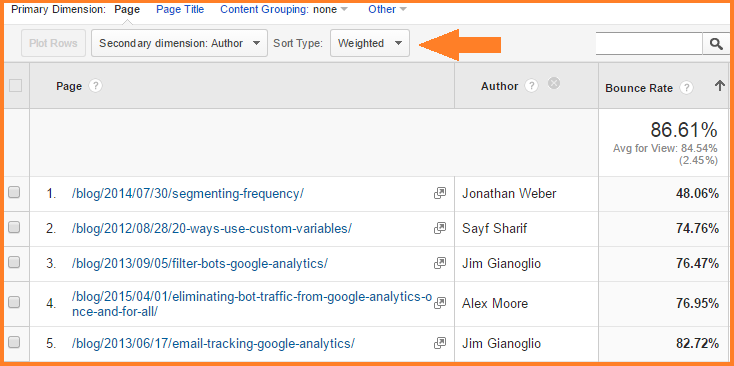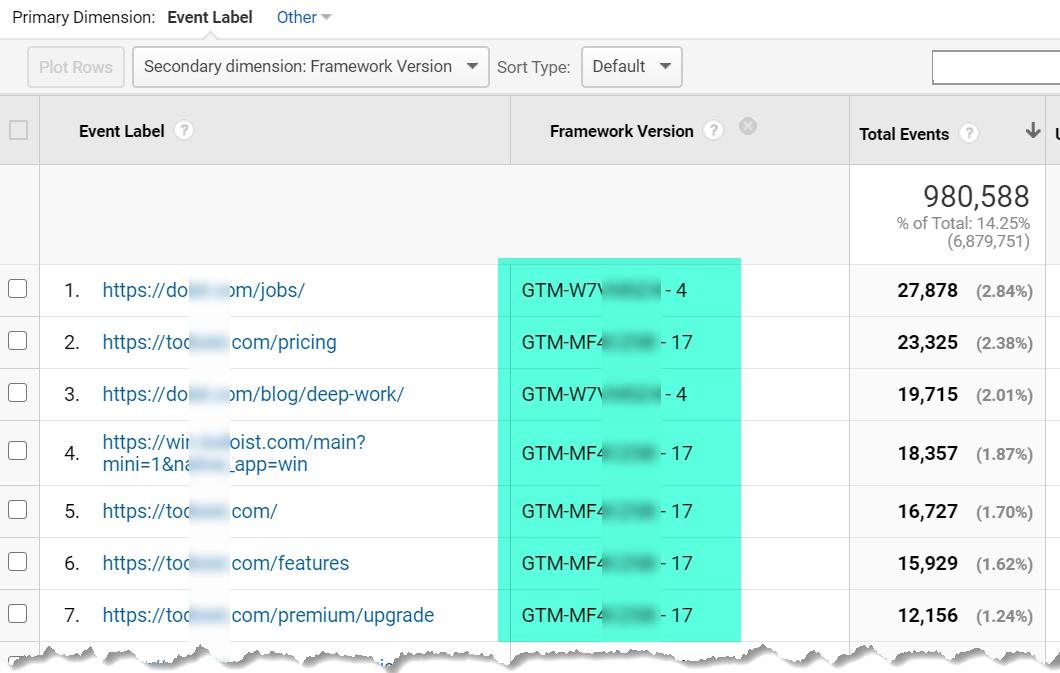The Importance of 'Secondary Dimensions' in Google Analytics: Comprehensive Analysis
The Importance of 'Secondary Dimensions' in Google Analytics: Comprehensive Analysis
Blog Article
Deciphering the Significance of Additional Measurement in Google Analytics: All Concerning Its Significance and Effect
In the realm of digital analytics, the application of additional measurements within Google Analytics offers as a pivotal tool for discerning much deeper layers of data understandings. The significance of second measurements exists in their capability to offer a nuanced sight of customer habits and communication with an internet site or system.
Recognizing Secondary Dimensions in Google Analytics
The understanding of secondary measurements in Google Analytics is important for gaining deeper understandings into customer actions and web site performance. While main measurements offer essential information points such as traffic resources and page sights, second dimensions enable an extra nuanced analysis by offering added context to these primary metrics. By including secondary measurements, users can segment and filter their data to reveal patterns and patterns that might not be immediately evident.

Introducing the Benefits of Second Dimensions
Structure upon the foundational understanding of secondary measurements in Google Analytics, discovering the benefits they use reveals invaluable understandings for improving information analysis and decision-making. By integrating additional dimensions, individuals can delve much deeper into their data, getting a more thorough sight of individual habits, content efficiency, and various other crucial metrics.
In addition, secondary dimensions offer context to key data, offering added layers of info that can assist in comprehending customer interactions and preferences. This enhanced understanding can lead critical decision-making, causing even more targeted advertising campaigns, internet site optimizations, and general enhanced performance. Basically, secondary measurements act as an effective device for opening deeper insights and making best use of the utility of Google Analytics for businesses and internet site owners.
Leveraging Second Measurements for Improved Insights
By using the power of second dimensions in Google Analytics, services can discover deeper insights that drive informed decision-making and strategic optimization initiatives. Leveraging second measurements allows businesses to dig past surface-level information and acquire a much more detailed understanding of individual behavior, audience demographics, website traffic resources, and site performance. For instance, by combining primary measurements like website traffic sources with secondary measurements such as geographic area or tool category, organizations can determine which tools or regions are driving the most useful web traffic to their internet site.
Furthermore, additional measurements allow services to segment and analyze information better, helping them identify fads, patterns, and chances that may have or else gone unnoticed. By using additional measurements, organizations can customize their advertising approaches, material, and customer experience to much better satisfy the requirements and preferences of their target market. Essentially, leveraging additional measurements in Google Analytics empowers companies to make data-driven choices view publisher site that result in boosted performance, enhanced ROI, and lasting growth.

Impact of Second Dimensions on Information Evaluation
Enhancing information analysis through the utilization of additional dimensions in Google Analytics gives services with a deeper understanding of their on-line performance metrics. By integrating second dimensions, such as time of day, geographic location, or tool classification, companies can discover important insights that might have been neglected with primary dimensions alone. This improved degree of granularity permits more accurate division of data, making it possible for companies to recognize patterns, fads, and connections that can drive critical decision-making.

Making The Most Of Prospective: Additional Capacities Methods
One essential technique is to integrate secondary dimensions with main measurements to get a thorough view of user communications. Matching the key measurement of 'source/medium' with secondary measurements like 'touchdown page' or 'gadget category' can expose which channels are driving web traffic to certain pages or how user behavior differs across devices.
Moreover, making use of additional dimensions to section data based on individual demographics, behavior, or innovation can help services tailor their advertising efforts to specific target market sections. This targeted method can result in improved conversion prices, improved customer experiences, and eventually, enhanced ROI. By taking full advantage of the capacity of secondary dimensions in Google Analytics, companies can make informed choices, enhance their online visibility, and drive visit this web-site lasting development.
Final Thought
In verdict, secondary dimensions in Google Analytics play an essential duty in offering deeper insights and improving data analysis. Including secondary dimensions into data analysis strategies can lead to even more educated decision-making and boosted total performance.
While key dimensions provide fundamental information factors such as traffic resources and web page views, second measurements allow for an extra nuanced evaluation by providing extra context to these key metrics. By integrating primary dimensions like web traffic sources with secondary measurements such as geographical area or tool classification, companies can identify which areas or devices are driving the most important website traffic to their get redirected here web site.
By integrating additional dimensions, such as time of day, geographical place, or gadget classification, services can reveal important insights that might have been overlooked with key measurements alone. One vital strategy is to integrate secondary measurements with key dimensions to get a thorough sight of user communications. Pairing the main dimension of 'source/medium' with second measurements like 'touchdown web page' or 'tool category' can expose which networks are driving web traffic to certain web pages or how individual habits differs across gadgets.
Report this page